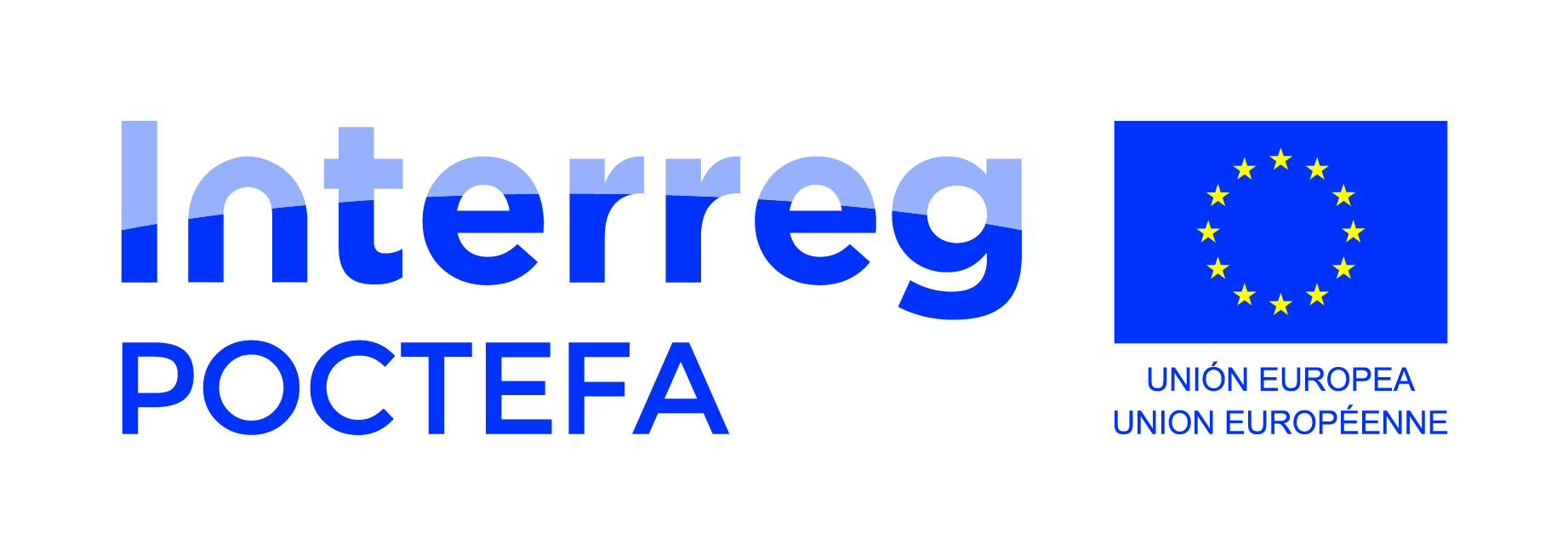Everyone talks about the promotion of renewable and clean energy to sustainably address the current and future energy needs of our society.
Among all renewable energies, geothermal energy stands out for being efficient, inexhaustible, and the only completely continuous source of renewable energy. On the other hand, the exploitation of geothermal resources is intimately connected with economic development and the generation of employment on a local scale. Unlike other types of renewable energy - e.g. photovoltaic solar - geothermal systems do not require the importation of raw materials - e.g. silicon - or machinery specifically for its implementation, which implies an increase in energy autonomy. For these reasons, geothermal energy is poised to become the basis for the energy transition between 2020 and 2030; the so-called "geothermal decade" (in the words of Philippe Dumas, secretary general of the European Geothermal Energy Council, EGEC).
But what are the challenges for using the heat given off by the Earth, beyond its traditional use in climatization? The challenges of using geothermal energy in the production of electricity are complex and important. To begin, it requires one high knowledge of the subsoil, as plants producing electricity must be placed on geothermal reservoirs, where the energy given off by the Earth generates high temperatures. Besides, they require specific technological developments, which implies the implementation of projects of long duration and high initial financial risk - in the exploration phase and in drilling - requiring long - term public policies support, something that governments and authorities rarely raise.
Improving knowledge of the subsoil helps reduce the initial risks. This improvement greatly improves study techniques and visualization of the subsoil, which requires enhancing the synergy between Earth Sciences and Computer Sciences. Earth Sciences, specifically Geophysics, permits the examination of the physical properties of the subsoil from the surface. On the other hand, high-performance computing is capable of processing faster and better the numerical algorithms that link geophysical measurements with the petrophysical properties of the subsoil. In this way, the resources of interest can be delimited with greater precision.
The PIXIL project aims to help develop this synergy. It pursues the production of computer tools for the visualization of the geothermal resources of the subsoil. The Geophysics group of the University of Barcelona participates in the PIXIL project providing expertise in data acquisition and geophysical modeling to design test-beds (collections of geological models and realistic geothermal systems) where new programs can be calibrated and improved in terms of new computer programs that are developed within the framework of the PIXIL project. These tools will be made available to institutions and companies in the sector, thus building a network of R&D and cooperation between research institutions and the private sector that will promote the development of geothermal energy in our region.



